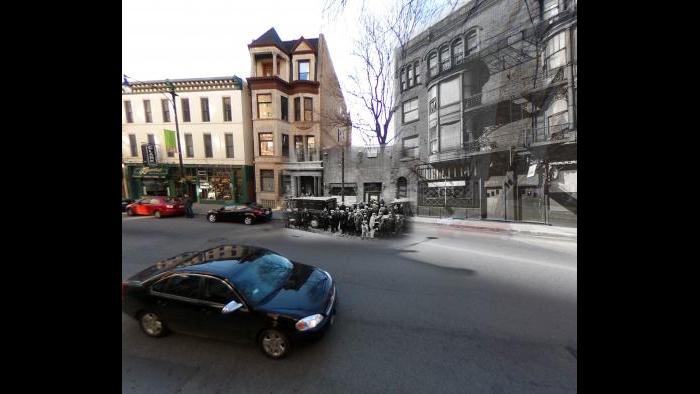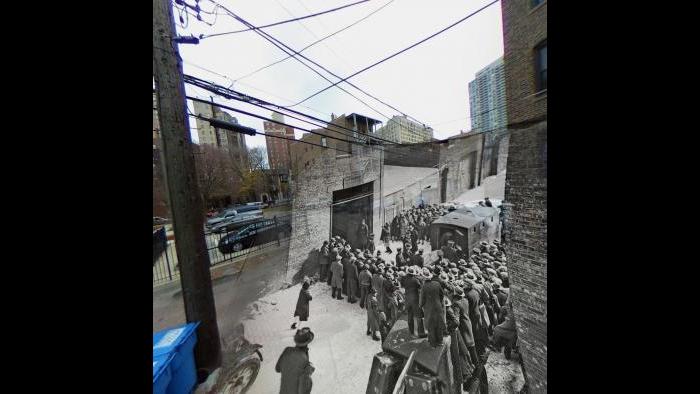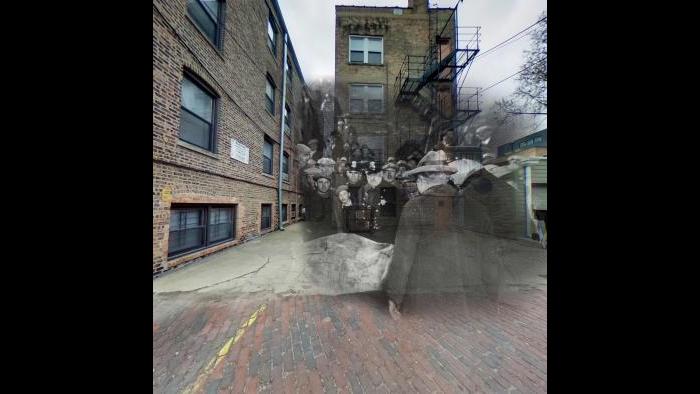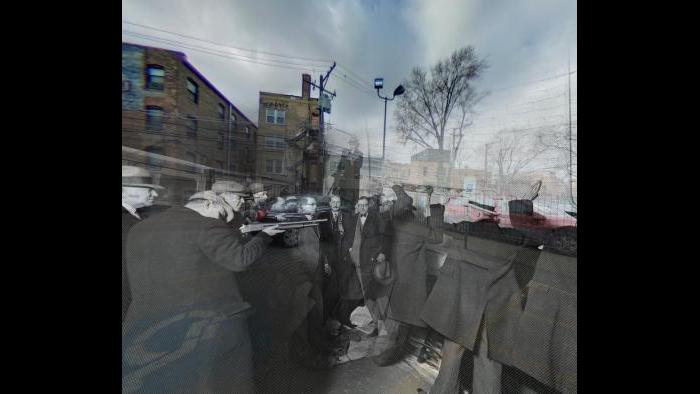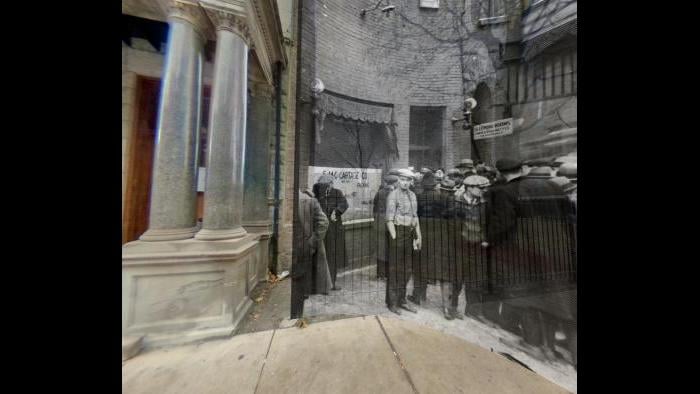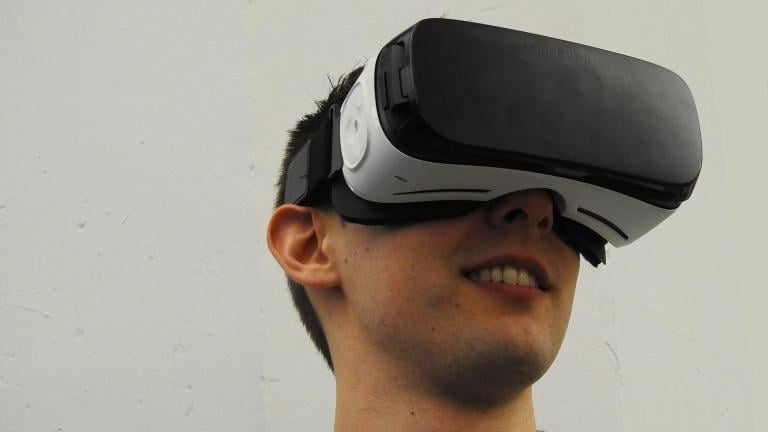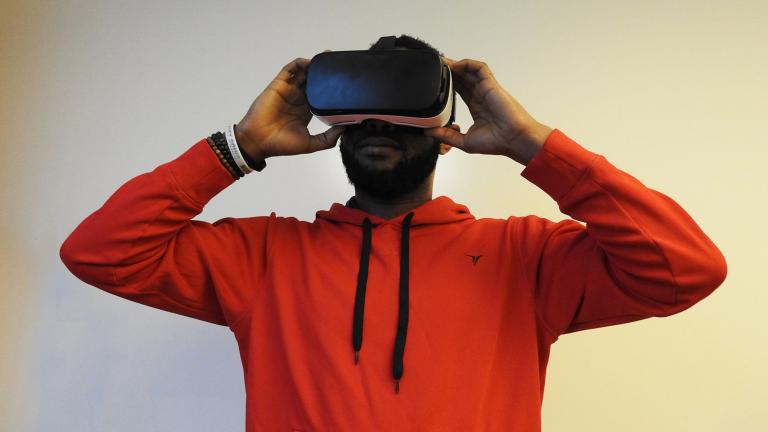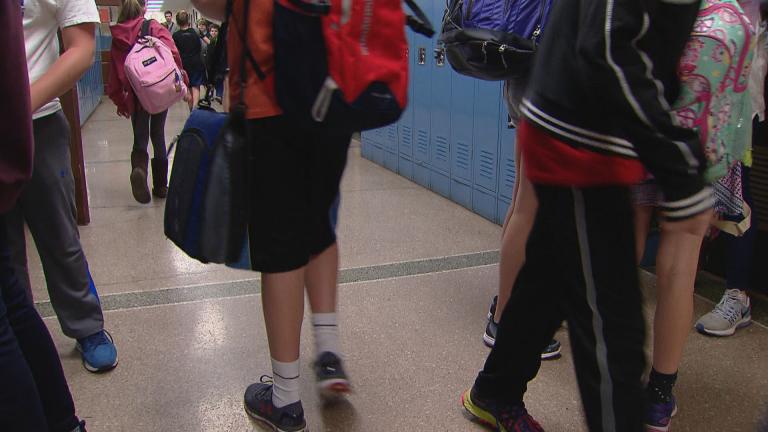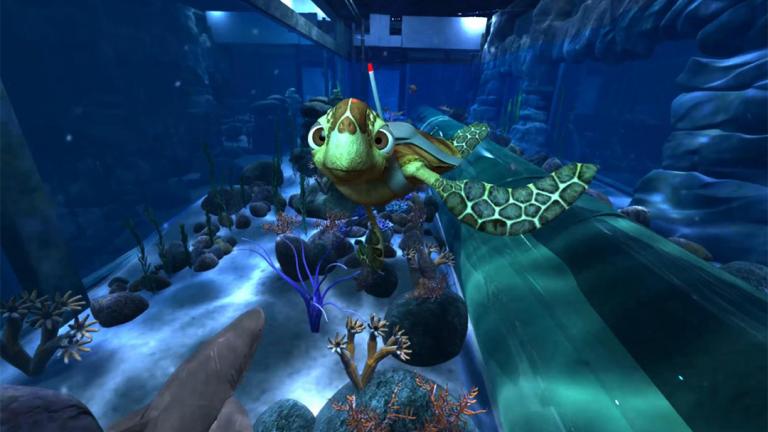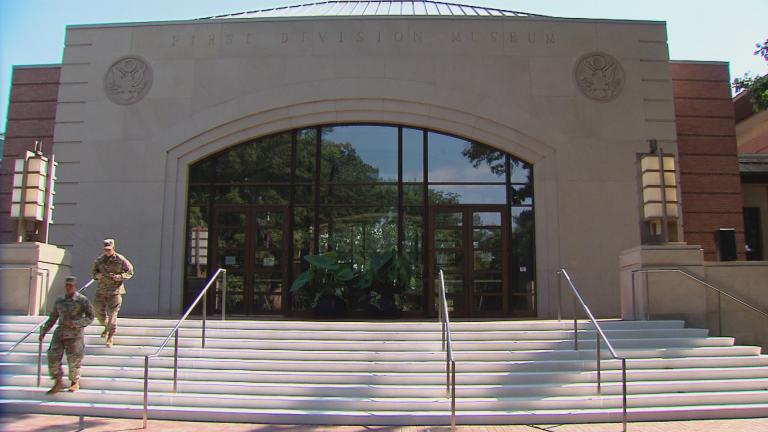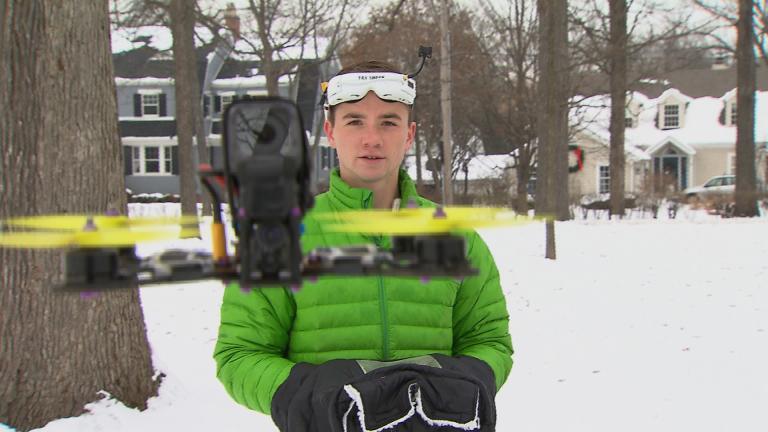Last fall, 21st century technology was used to tell the story of one of Chicago’s greatest tragedies: the Eastland Disaster of 1915.
The team behind that project is set to launch a second installment of its augmented reality app. The focus? The infamous St. Valentine’s Day Massacre of 1929.
The project is a partnership between the Chicago History Museum and Alan Rhodes, an associate professor of visual communication at the School of the Art Institute of Chicago. Together, they launched The Chicago 00 Project, which aims to share media archives with the public through augmented and virtual reality videos and applications.
The second installment, due for release at the end of February, will again use historic artifacts and images from the museum’s archives to tell an important, albeit gruesome, story.
The St. Valentine’s Day Massacre was believed to have been ordered by Al Capone against members of George "Bugs" Moran's North Side gang, and served as the basis for Roger Corman’s 1967 film “The St. Valentine’s Day Massacre.” It's been referred to as both a turning point and an identifying moment for the city.
“It was this moment in the late 1920s that pushed the citizenry to their limit,” said John Russick, the vice president for interpretation and education at the Chicago History Museum. “They spoke out and wanted law enforcement to step up, and (the police) really began taking a different approach with gangs.”
The Chicago 00 Project uses three main components to bring the story to life. Two of them are available now on Chicago00.org’s website: Historical photographs of the day are layered over a Google Street View map of the area; while a brief documentary-style video features a similar visual approach with added material from the museum’s archives, such as autopsy reports and newspaper clippings.
A virtual reality experience combining all of this material will be released the last week of February. Visitors to the Lincoln Park scene of the crime – now a small empty lot at 2122 N. Clark St. – will be able to see historical documents and photographs on their smartphones by downloading the Chicago00 app.
“At the core of it what we really want is to create a more dynamic way for people to engage with history,” Russick explained. “History happened all over the city, and this is a way to breathe life into some of the powerful collections we have at the museum.”
Finding novel ways for people to learn about the city’s past may also help with digesting today’s news, Russick said.
“It’s hard to disentangle what events and actions mean, especially with the whirlwind of news that’s happening every day,” Russick said. “History helps us understand what is the proper way to react, and provides us with that cool-headedness that we long for.”
Russick and Rhodes plan to continue producing interactive experiences about Chicago history.
“We’re imagining them as the future of documentary film,” Russick said.
Related stories:
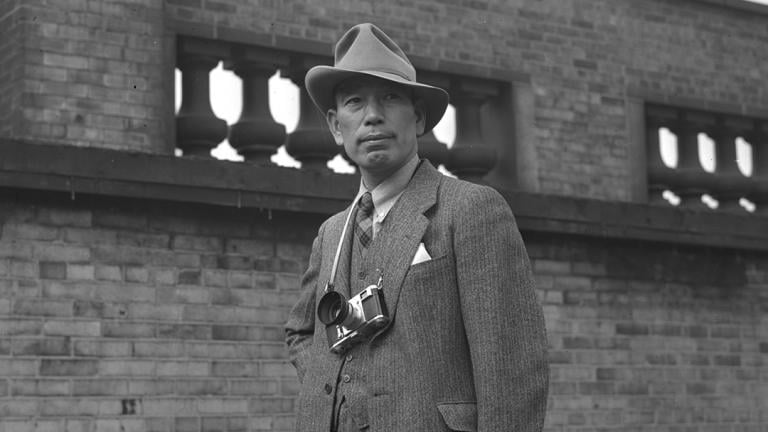 Remembering a Forgotten Photographer of Chicago History
Remembering a Forgotten Photographer of Chicago History
Feb. 1: One hundred years ago he took unforgettable photos of Chicago in turbulent times. Exploring the life of Jun Fujita, a Japanese immigrant who captured city history.
 Museum Celebrates Black History Month With Annual Art Display
Museum Celebrates Black History Month With Annual Art Display
Jan. 31: Underway at the Museum of Science and Industry is the longest-running exhibition of African-American art in the country. Learn more about the museum’s program and the origins of Black History Month.
 Augmented Reality App Offers New Look at Eastland Disaster
Augmented Reality App Offers New Look at Eastland Disaster
Oct. 19, 2016: A remarkable new app brings us face-to-face with the 1915 Chicago tragedy.

